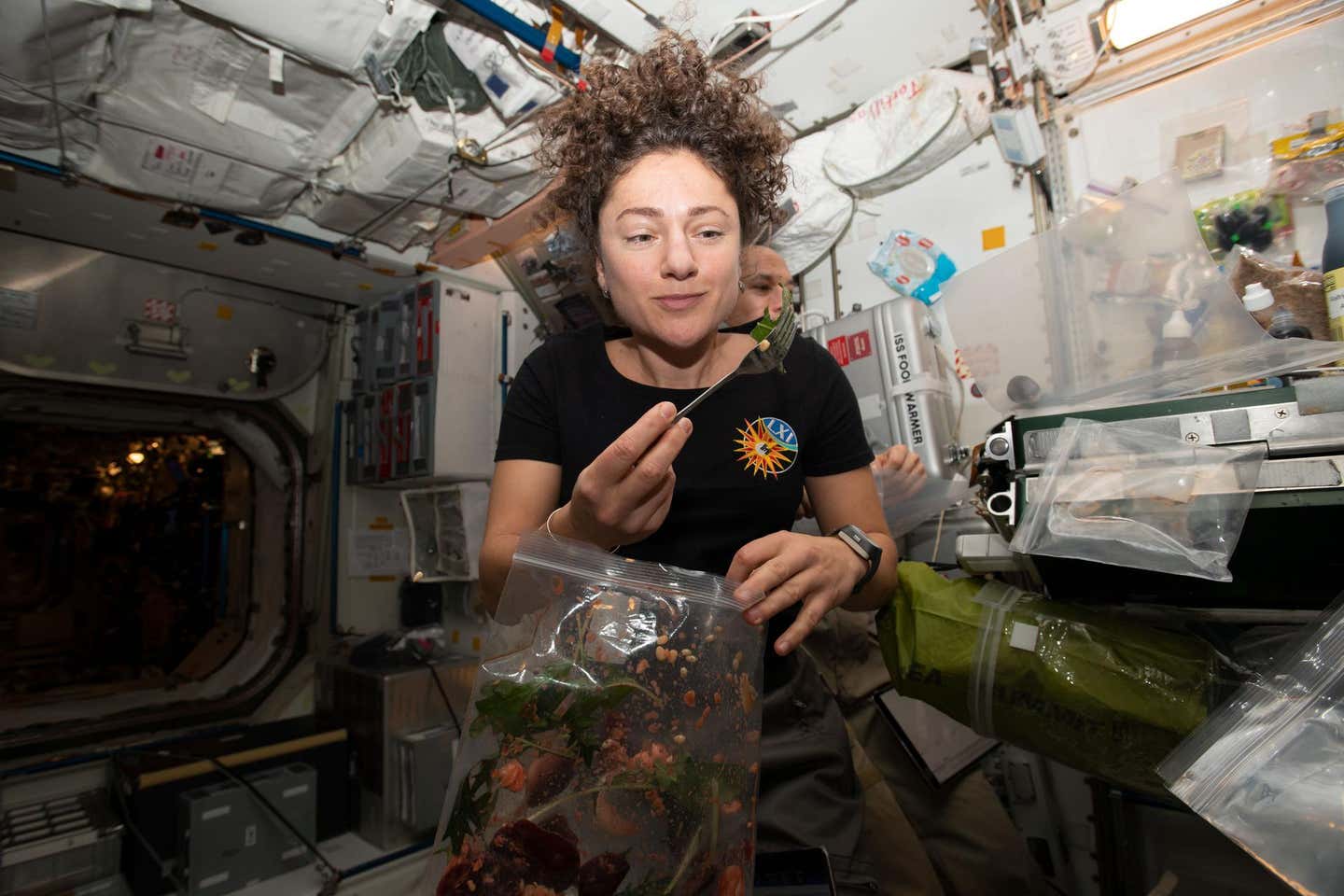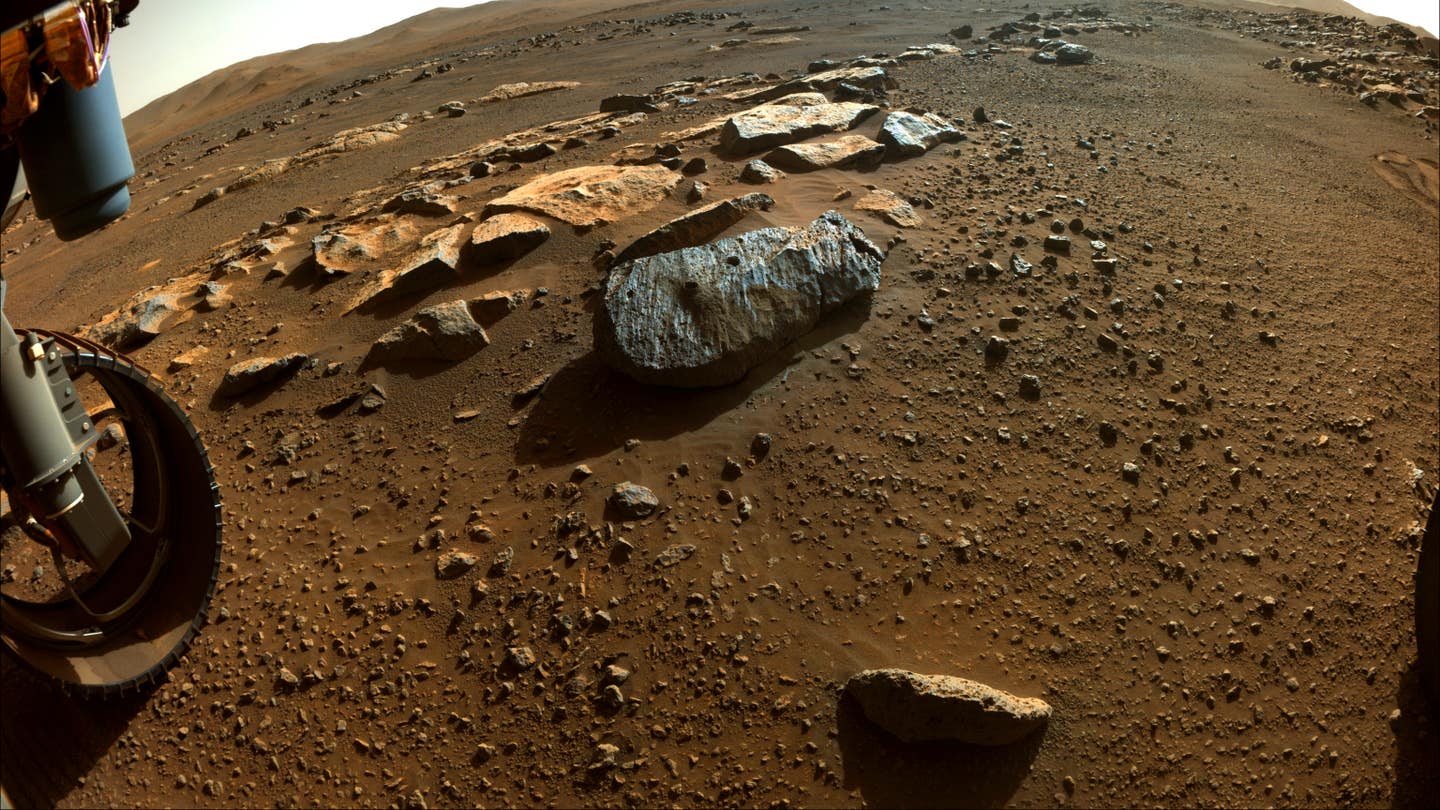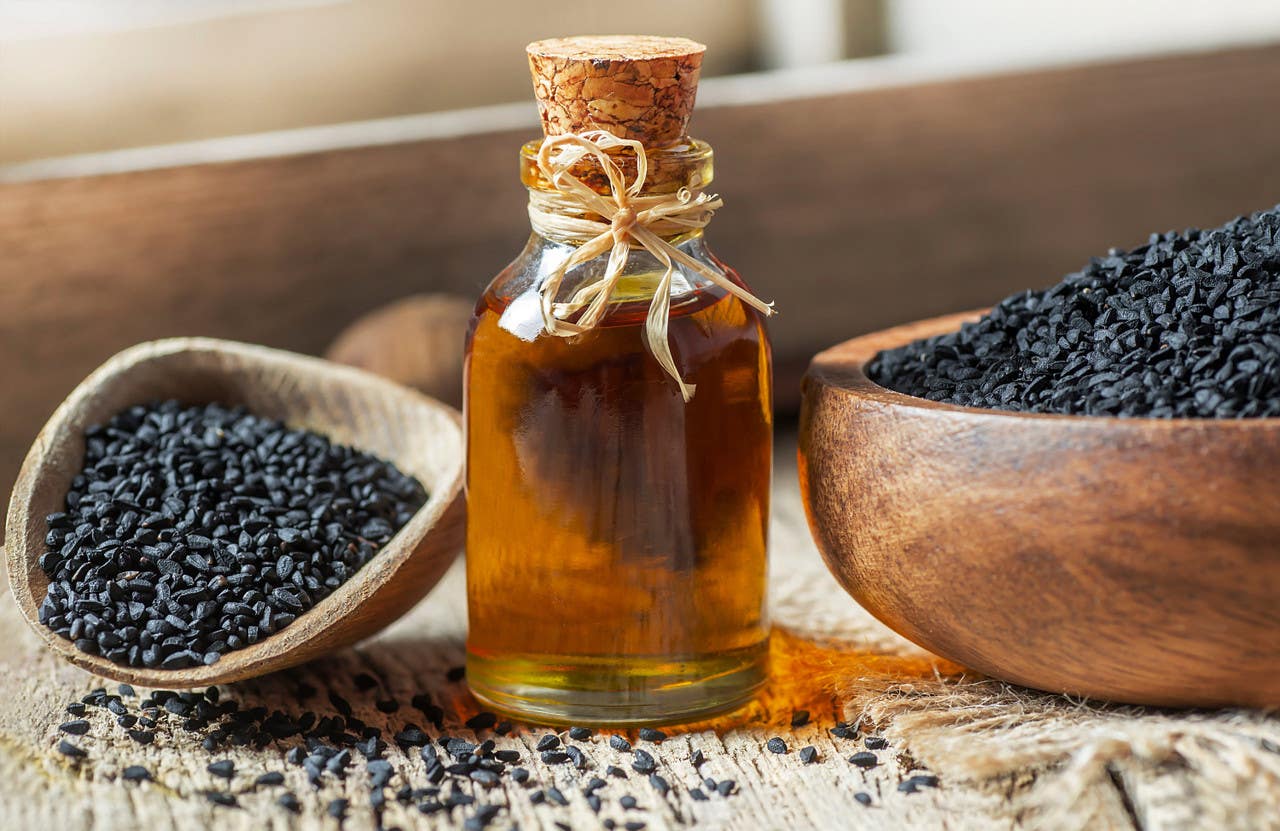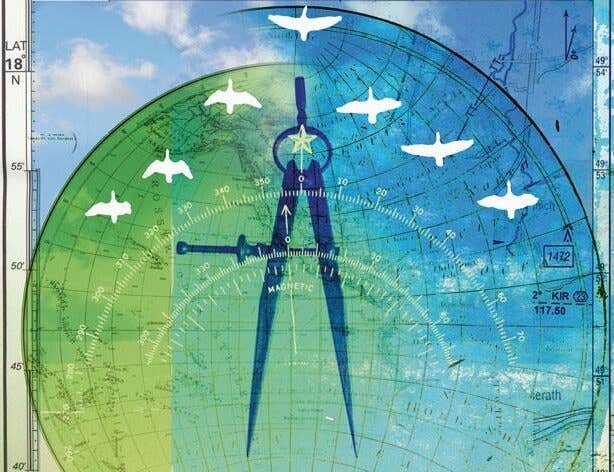From bread to Mars: The promise of yeast in space
A tiny orbital lab is testing yeast in space, exploring how microbes could produce food, fuel, and medicine for future astronauts.

Scientists test yeast in space to produce food, medicine, and fuel for long missions, cutting costs and boosting self-reliance. (CREDIT: NASA)
Humanity’s dreams of traveling to distant worlds face an age-old challenge: supplies. Food, water, and fuel are heavy, expensive, and take up valuable space. For every astronaut, just feeding them could cost the equivalent of £20,000 a day. That means a mission lasting months—or years—quickly becomes a logistical and financial nightmare.
A group of scientists and engineers believe they may have found a clever solution. Instead of packing every meal, dose of medicine, and drop of fuel, why not take tiny living factories with you? These factories aren’t made of steel—they’re microscopic yeast cells, carefully engineered to produce exactly what a space crew needs through a process known as precision fermentation.
The idea is simple but powerful. Yeasts already help make bread, beer, and biofuels here on Earth. In space, the same kind of organisms could be adapted to churn out food, pharmaceuticals, fuels, and even bioplastics, all inside the spacecraft. That would mean lighter cargo, lower costs, and fewer resupply missions.
A launch with big ambitions
The theory is promising, but one major question remains: can these engineered yeasts work in space? To find out, Dr. Rodrigo Ledesma-Amaro from Imperial College London’s Department of Bioengineering has teamed up with partners at Cranfield University and the companies Frontier Space and ATMOS Space Cargo. Together, they have sent a miniature laboratory—small enough to be called a “lab-in-a-box”—into Earth orbit. This tiny research hub is designed to test how microbes grow, produce, and survive in the strange environment of microgravity.
On April 21 at 8:48 p.m. Eastern Time (1:48 a.m. British Summer Time the next day), the lab launched aboard Phoenix, Europe’s first commercial returnable spacecraft. The ride to space came courtesy of SpaceX, marking another step in the blending of commercial spaceflight and cutting-edge science.
Dr. Ledesma-Amaro, who also conducts research at the Bezos Centre for Sustainable Protein and the Microbial Food Hub at Imperial, is no stranger to ambitious biotechnology. His work focuses on creating sustainable, non-animal sources of nutrition that are affordable and healthy—not just for Earth’s population, but for future spacefarers.
Related Stories
“We dream about a future where humanity heads off into the dark expanses of space,” he says. “But carrying enough to feed ourselves on the journey and at our destination would be unimaginable in cost and weight. We’re excited that this project makes use of academic and industry expertise in physics, engineering, biotech and space science—converging on this challenge. If just a handful of cultivated cells could provide all our food, pharmaceuticals, fuels and bioplastics using freely available resources, that would bring the future closer.”
What the miniature lab will do
The orbital lab is more than a sealed box of yeast. It’s a fully automated research platform that collects data from the moment it leaves Earth until it lands again. Inside are specially prepared microbe specimens that will spend their time in orbit growing under the influence of microgravity.
Once the spacecraft returns, scientists will study the yeast in detail. They want to know how the low-gravity environment affects the microbes’ growth rate, productivity, and long-term viability. The team will also examine how storage and transportation through space influence the organisms.
By running these tests in actual orbit, the researchers can gather information that no Earth-based simulator can perfectly replicate. That data could guide the development of new bio-manufacturing systems for space habitats, Mars colonies, or even interstellar voyages.
Aqeel Shamsul, CEO of Frontier Space, says this mission is as much about access as it is about science. “This mission represents a major milestone in democratizing access to space research,” he explains. “Our SpaceLab Mark 1, ‘lab-in-a-box’ technology enables researchers to conduct sophisticated experiments in microgravity without the traditional barriers to space-based research. This project represents a significant opportunity to mature Frontier’s technology, providing bio-experimentation solutions for space environments with the future space infrastructure post International Space Station.”
Why yeast is such a big deal
The choice of yeast isn’t random. These microbes are incredibly versatile, capable of converting simple sugars into a vast range of useful products. With the right genetic modifications, yeast can make vitamins, amino acids, and fatty acids—the essential building blocks of human nutrition. They can also produce medicines like insulin or antibiotics, as well as raw materials for fuels and plastics.
On Earth, precision fermentation with yeast has already made headlines for its role in plant-based and lab-grown foods. In space, the same technology could take on even greater importance. Instead of hauling crates of supplies, astronauts could carry just a few grams of yeast and the equipment to feed and process it.
With a steady input of water, energy, and simple nutrients, the yeast could produce whatever is needed on demand. This approach also makes missions more resilient. If a shipment from Earth gets delayed or a stored supply spoils, a living production system could keep crews fed and healthy without outside help. That’s critical for deep-space journeys where resupply might be impossible.
Lessons for life back home
While the spotlight is on future space travel, the research has clear benefits for Earth as well. Climate change, resource scarcity, and a growing global population are driving demand for sustainable food and material production. Learning to make nutritious food without relying on large farms or long supply chains could help communities in remote or resource-poor regions.
Dr. Ledesma-Amaro’s team is already exploring ways to adapt the findings for terrestrial use. By understanding how microbes perform in extreme environments, scientists can design systems that work in disaster zones, deserts, or polar regions. The goal is to create compact, self-sufficient production units that could feed people anywhere—and do so with minimal environmental impact.
Looking beyond the International Space Station
The timing of this research is no accident. The International Space Station has orbited for over two decades, but retirement looms. Governments and private companies are planning new generations of stations, habitats, and interplanetary craft. Each will need its own systems for food, medicine, and materials.
The Phoenix spacecraft’s mission previews how astronauts could carry biotech as standard gear. Like solar panels, compact bio-manufacturing could become essential equipment for every crewed vehicle.
As agencies and private ventures target Mars and beyond, yeast and microbes could become survival’s backbone in the harshest environments. Work happening now in a tiny orbiting lab may decide between a short trip or permanent human presence beyond Earth.
Yeast in Space Could Shape the Future of Human Survival
From a handful of microbes in a sealed box to a future of interplanetary self-reliance, this mission is a step toward a radical change in how humans sustain themselves away from home. The test now unfolding above our heads could shape not only the next generation of spacecraft but also the kitchens, pharmacies, and workshops of tomorrow’s off-world colonies.
The cost of feeding astronauts might be daunting, but yeast in space could make that cost manageable—and even inspire breakthroughs that improve life back on Earth. As the Phoenix returns with its precious cargo, scientists will be watching closely. What they learn could be the foundation of humanity’s next great leap.
Research findings are available online on the Imperial website.
Note: The article above provided above by The Brighter Side of News.
Like these kind of feel good stories? Get The Brighter Side of News' newsletter.



